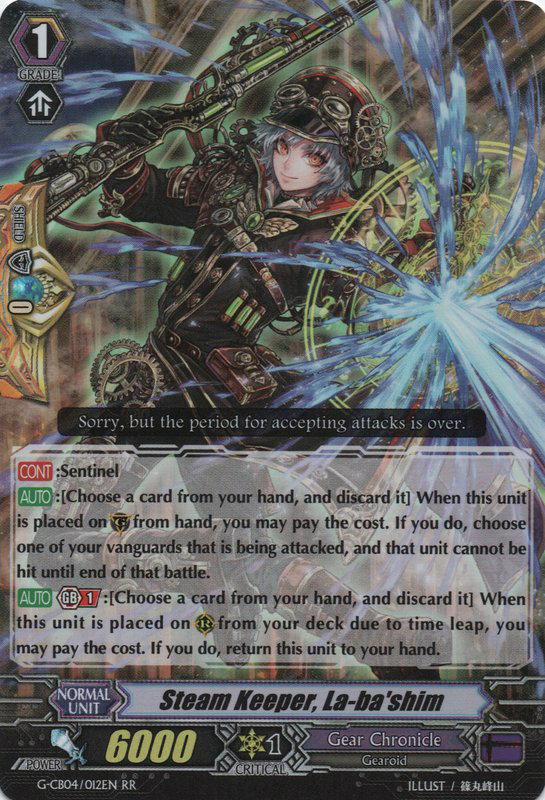

In Japan, the symbolism of the four creatures appears to have merged with and been supplanted by the Shitenno (Four Heavenly Kings).On the surface, Zen is known for being a very eccentric and flirtatious character. Indeed, the turtle is known as GENBU, meaning Black Warrior or Dark Warrior. In this latter grouping, the turtle corresponds to north, winter, and black. Such matters are addressed throughout this report.īishamonten and Shitenno iconography is related to the Four Celestial Emblems, a Chinese grouping of four legendary animals (dragon, red bird, tiger, turtle) who guard the four cardinal directions (east, south, west, north). Bishamon (Tamon) is both a protector of and dispenser of its bounty - he shares the pagoda's vast treasures with only "the worthy." Despite their near-identical iconography, Bishamon / Tamon can still be differentiated based on a few rules of thumb (e.g., placement of stupa in right or left hand, type of armor, attendant deities). It represents the divine treasure house of Buddha's teachings and symbolically contains the precious relics (ashes, bones, nail clippings, hair, teeth, etc.) of Buddha's cremated body. The stupa is the deity's main identifying attribute. The other holds a treasure pagoda (hōtō 宝塔, 寶塔 Skt. One hand carries a weapon (e.g., halberd, lance, baton) to eliminate evil influences and suppress the enemies of Buddhism. Both are nearly always dressed in armor (yoroi 鎧), looking ferocious (funnusō 忿怒相) and standing atop (trampling) one or two demons ( jyaki 邪鬼), symbolizing the subjagation of evil.

Bishamonten and Tamonten are almost identical in iconography. The stupa is his main identifying attribute. He is identified with various other deities, including the Hindu god of wealth Kubera / Kuvera the Buddhist deity Tobatsu Bishamon (protector of capital cities and dispeller of foreign invaders) the Great Black Warrior of Vedic lore Mahākāla (aka Daikokuten, another member of Japan's Seven Lucky Gods) the goddess of wealth and beauty Kichijōten (his wife in Japanese Buddhist lore) and with various syncretic deities including Sanmen Daikokuten, Tenkawa Benzaiten, Shōgun Jizō, and Sōshin Bishamonten ( details below). Around the 15th century, he was enlisted as one of Japan's Seven Lucky Gods owing to his association with treasure and wealth. University of California Press, 1979, pages 117-120. Sixty-Two Stories from a Medieval Japanese Collection.

For the English translation of the story, see Marian Ury's Tales of Times Now Past. It includes a story of how Bishamon granted a child to a poor monk. See Konjaku Monogatari, a collection of tales from India, China, and Japan written during the late 11th century to early 12th century. When worshipped independently, he is called Bishamonten (or Bishamon, Bishamon Tennō, Tobatsu Bishamon), but when portrayed among the Shitennō he is called Tamonten. In later centuries, however, Tamonten became the object of an independent cult, supplanting the other three in importance. The Four Kings soon rose to great prominence in rites to safeguard the Japanese nation. This armor-clad, weapon-wielding, demon-stomping deity was introduced to Japan in the 6th century AD as one of the four Shitennō (Four Heavenly Kings Protecting the Four Directions), wherein he is known as Tamonten 多聞天, the guardian of the north and protector of the holy places where Buddha expounds the teachings. Defender of the Nation, Guardian of the Dharma (Buddhist Law), and Lord of Wealth and Treasure (hence his inclusion in the Japanese group of Seven Lucky Gods). References: Flammarion Iconographic Guide - Buddhism Virtue for the Shogun Tokugawa Iemitsu (1623-1650 AD). Jigen Daishi) symbolized each of the seven with an essential Monk Tenkai (who died in 1643 and was posthumously named The grouping changed over time, but a standardized setĪppeared by the 17th century. That appeared from the 15th century onward. Japan's Seven Lucky Gods are a popular grouping of deities The stupa represents the divine treasure house of Buddha's teachings. Holding his main identifying attribute - the stupa / pagoda - in left hand. Stone statue in private garden, Kamakura (Japan), early 20th century, Protector of Buddhism, Guardian of the Northĭispenser of Riches, Defender of the Nation, Scourge ofĮvil Doers, Healer of Ilness, Commander of the ShitennōĪs Tobatsu Bishamon, protects capitals & repels foreign invaders Photo courtesy Museum of Fine Arts, Boston. Photo: Comprehensive Dictionary of Japan's National Japan's oldest extant statue of Tamonten. Photo from Dazaifu Museumħth C., Hōryūji Temple 法隆寺, Nara. Wood (Kusu 樟), H 160 cm, Ichiboku Zukuri, Kanzeonji 観世音寺.


 0 kommentar(er)
0 kommentar(er)
